PROJECT
The world’s largest audiovisual archives of blues, jazz and rock live recordings are not only listed in the UNESCO Memory of the World Register, they have also now been digitized. Eight years of work under the coordination of the Metamedia Center at the EPFL, technological development and scientific research have transformed the original material into an information system. But how to revive these archives? Research conducted by the EPFL+ECAL Lab in close collaboration with ALICE ( EPFL’s Space Conception Laboratory) aims to create a unique, specific experience, rather than mimicking the past. A first test installation for a more intimate audience got a Swiss Design Award in 2013. The new experience, which will welcome the public in the Montreux Jazz Café at EPFL, includes almost all of the archives, can accommodate twenty people and will give an unprecedented sense of immersion.
Several principles have guided the EPFL+ECAL Lab and ALICE in this research. First, the wish for the effort to serve the actual content and its cultural value. The original take in the archives, video and sound, is at the heart of the device – unaltered and dominant.
The second principle is to enhance immersion. The side walls of the space are made up of mirrors which reflect the central image. The space seems to expand and the concert grows. The immersion is strengthened by the display on the mirrors of additional information on music, iconic visuals and anecdotes revealing the festival’s history and unique identity.
The third principle of the device is its simple yet sophisticated geometry. The screen is a torus segment offering a variety of views to visitors from inside and outside the Building. ALICE’S screen design enhances proximity to the stage by creating a sense of depth, but without any fatigue or queasiness. The physical texture of the screen improves the perception of the old standards, gives a tangible physical existence of the screen and contributes to the overall acoustic performance.
Sound acts also as a key factor for the immersion, involving EPFL research labs and innovative companies. The installation includes 3D sounds with full virtual reconstruction of Montreux Jazz old venues.
Finally the browsing system helps to create an overall perception of the archive, its wealth and its contents. It stands out from traditional search systems made to find specific information Over 44,000 songs are at the users’ fingertips with a design reminiscent of a music score.
The Montreux Jazz Heritage Lab is based on the work which started when Audemars Piguet, Montreux Sounds and the EPFL joined forces in order to digitize, restore and preserve the immensely valuable archives of the Montreux Jazz Festival. Since 2008, several development projects have been carried out at EPFL, involving more than a dozen laboratories, using this unique collection as a database for researchers.
After its public opening, the Montreux Jazz Heritage Lab will continue to evolve. It will be a tool to test new research questions, provide a testing ground for design students, and also to observe user perception so as to better understand the impact of immersive devices. But the main objective will always remain to strengthen our relationship to our cultural heritage and history.
VIDEO
PICTURES
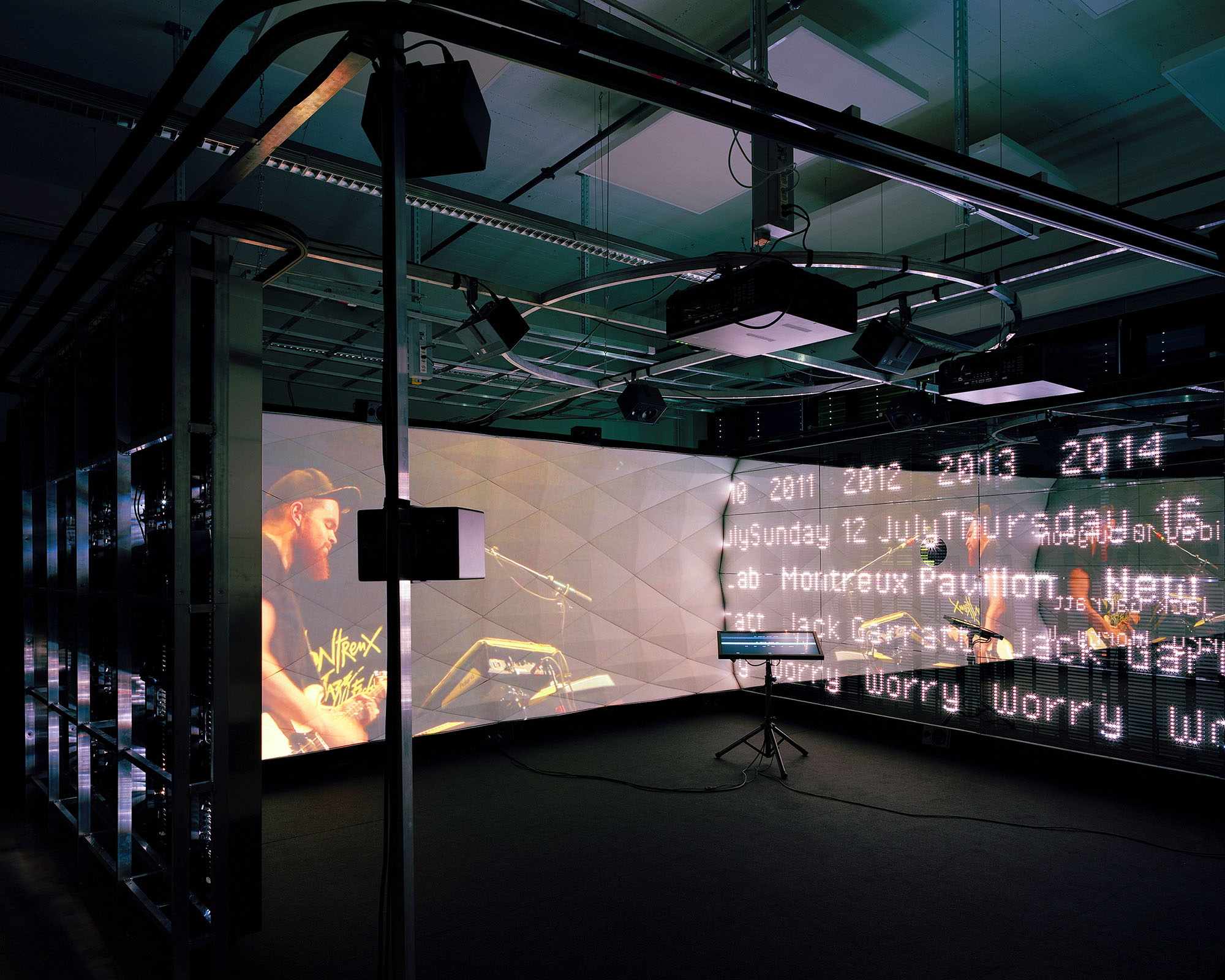
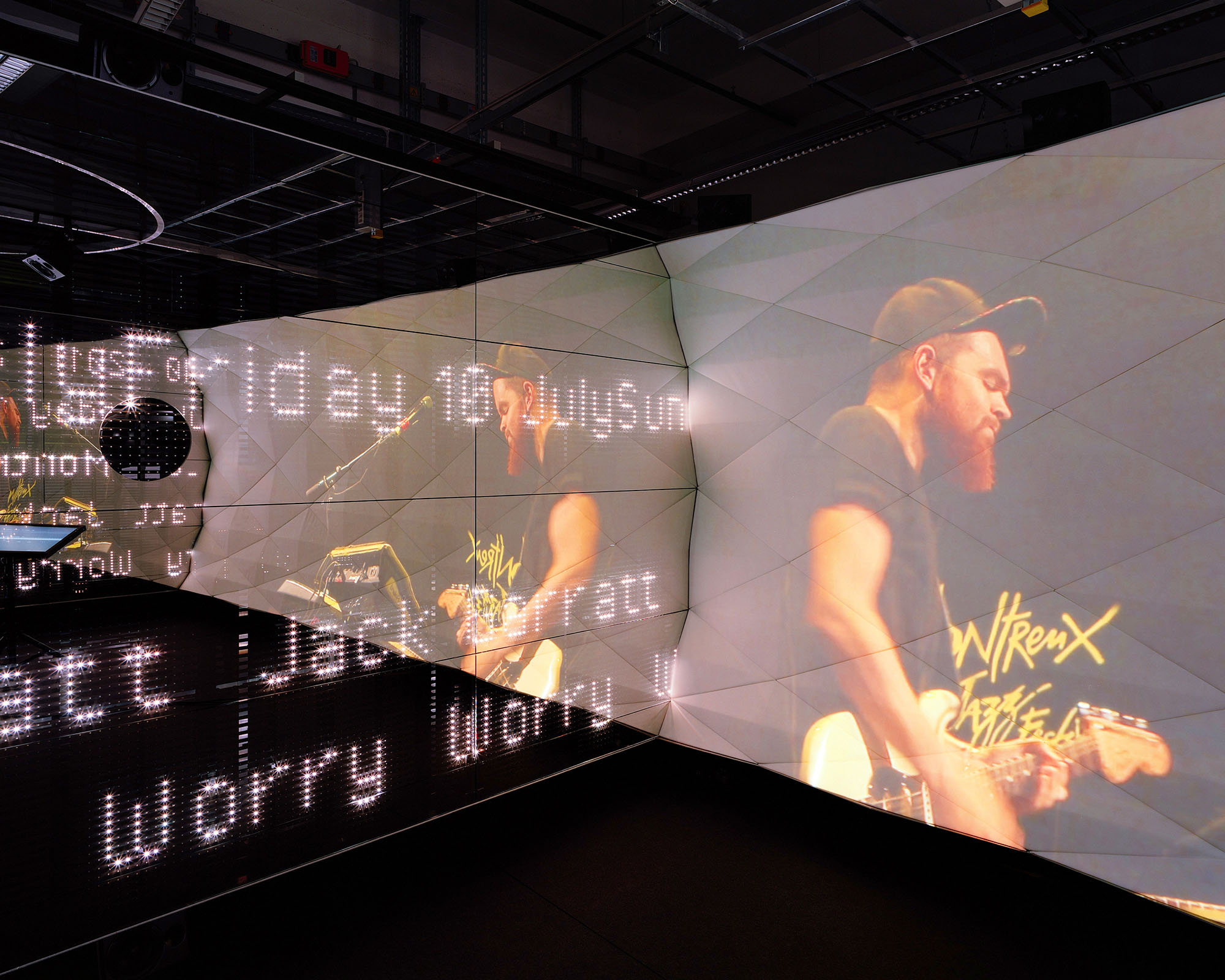
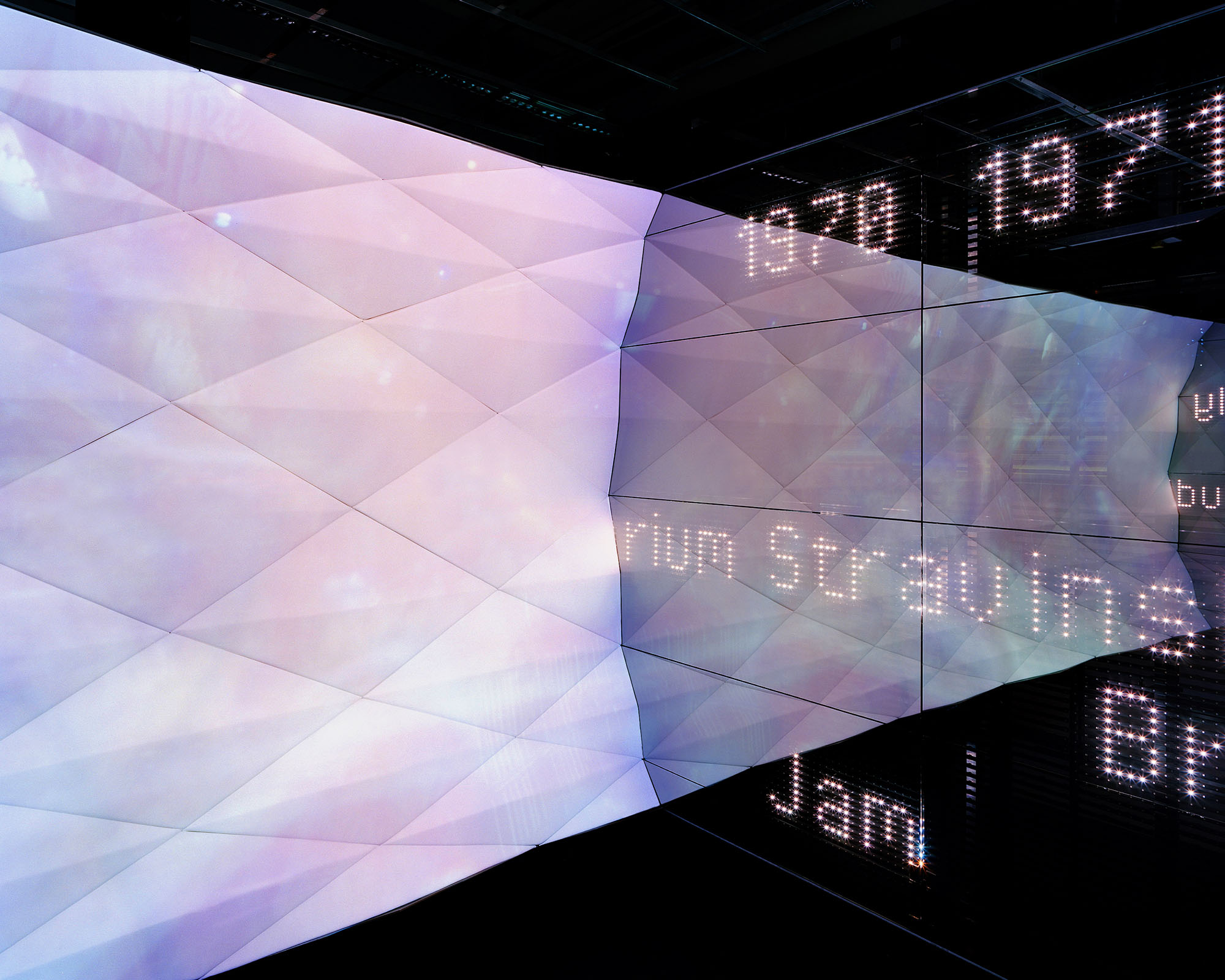
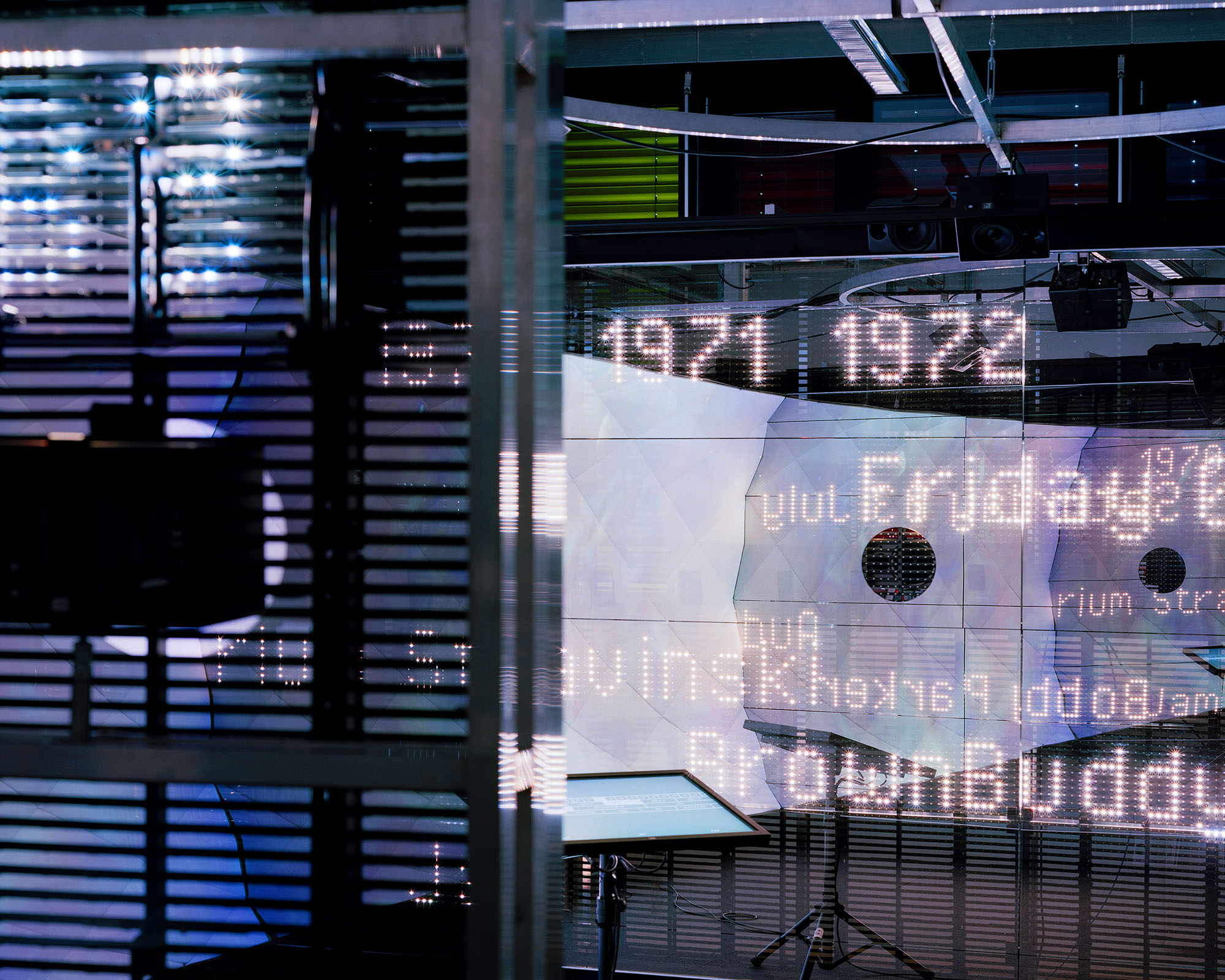

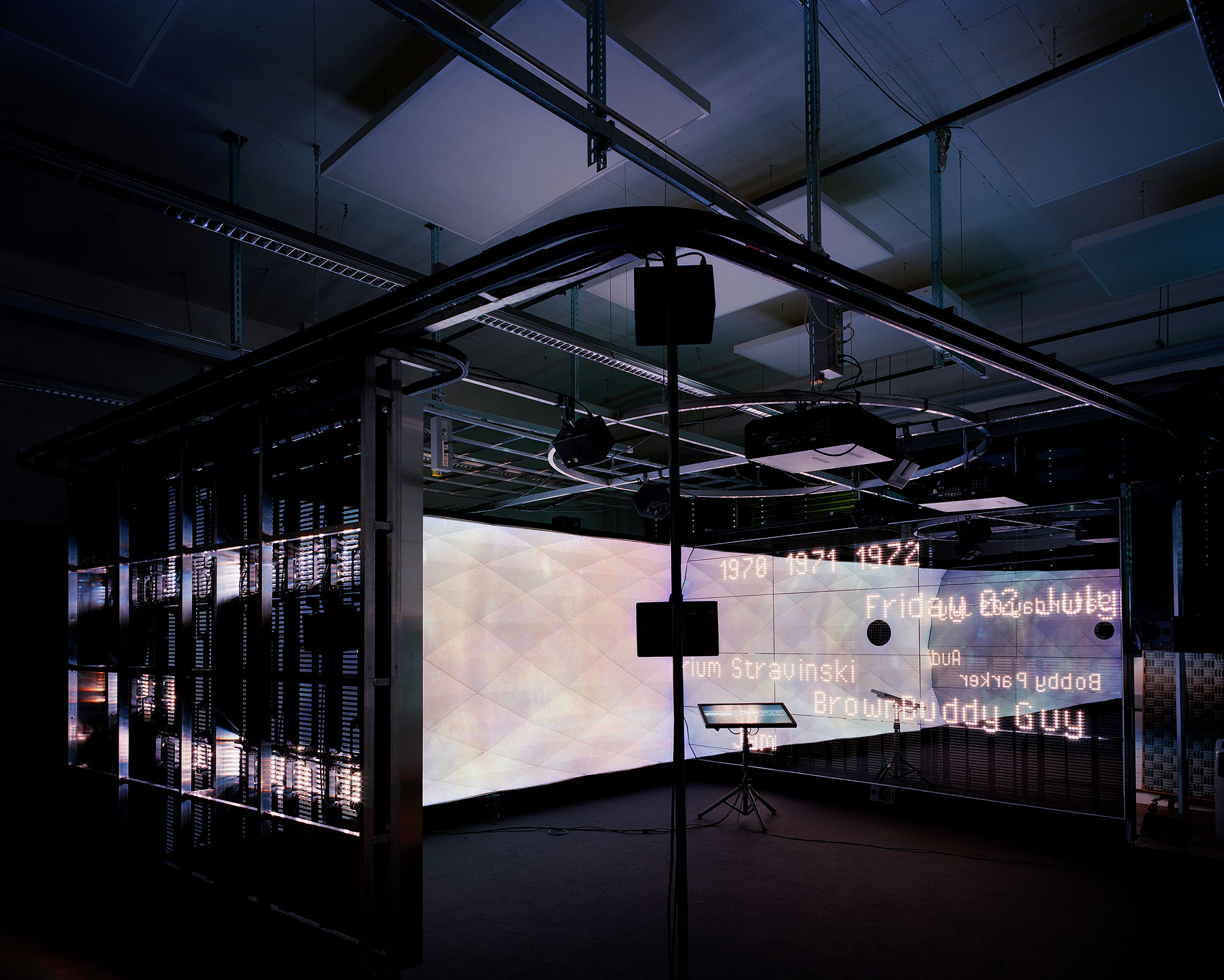


CREDITS
EPFL+ECAL Lab
Nicolas Henchoz, Project Curator
Cédric Duchêne, Project Manager, Senior Engineer
Tommaso Colombo, Senior Designer
Karian Foehr, UI Designer
Delphine Ribes, Senior Computer Scientist
Guillaume Bonnier, Senior Computer Scientist
David Roulin, Developer
Susanne Schneider, Product Designer
ALICE EPFL
Pr Dieter Dietz, Architecture Curator
Rudi Nieveen, Senior Research Architect
Manon Fantini, Architect
Yannick Claessens, Assistant
Javier Puchalt, Assistant
Metamedia Center
Alain Dufaux, Operations and Development Manager
Igor Ristic, IT Manager, Project Coordinator, digitization
Olivier Bruchez, Senior Developer, database
Gregory Marti, Senior Developer, media file manager
Sarah Artacho, Documentalist, song indexing
Caryl Jones, Technology Watcher, quality control
Julien A. Raemy, Archivist, picture digitization & anecdote creation
Céline Racine, Archivist, picture digitization & tagging
3D Sound
Dirk Schröder, Acoustic Scientist
Sönke Pelzer, Acoustic Scientist
Fabian Knauber, Acoustic Scientist
SPONSORS
Main Sponsor
Audemars Piguet
and thanks to the support of
Ernst Göhner Stiftung
Amplidata
Logitech
Loterie Romande
Fondation Lombard Odier
In collaboration with
PARTNERS
HGST
Illusonic
PSI Audio
Stahl & Traumfabrik AG
3D Précision
Lang
Lumens8
Burmester Event
Rückstuhl


